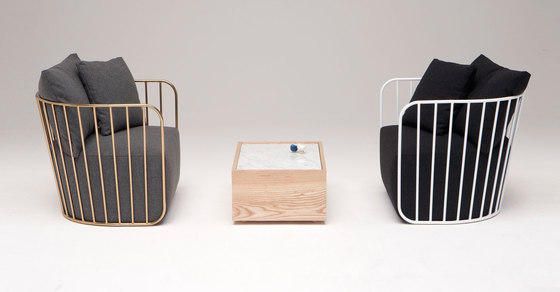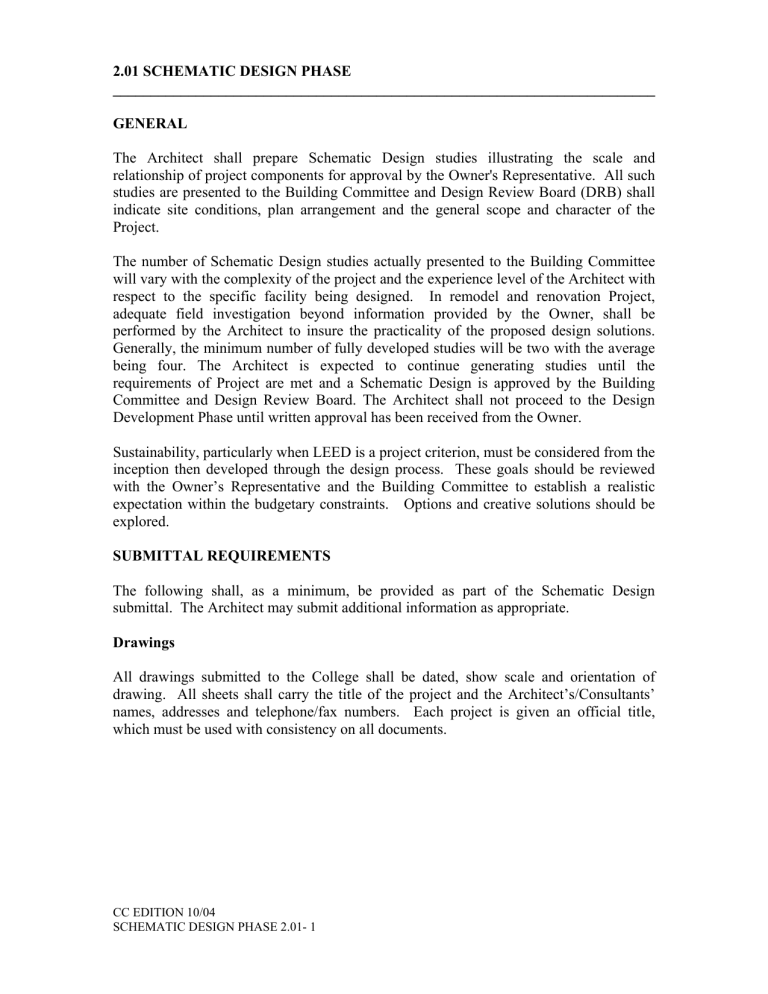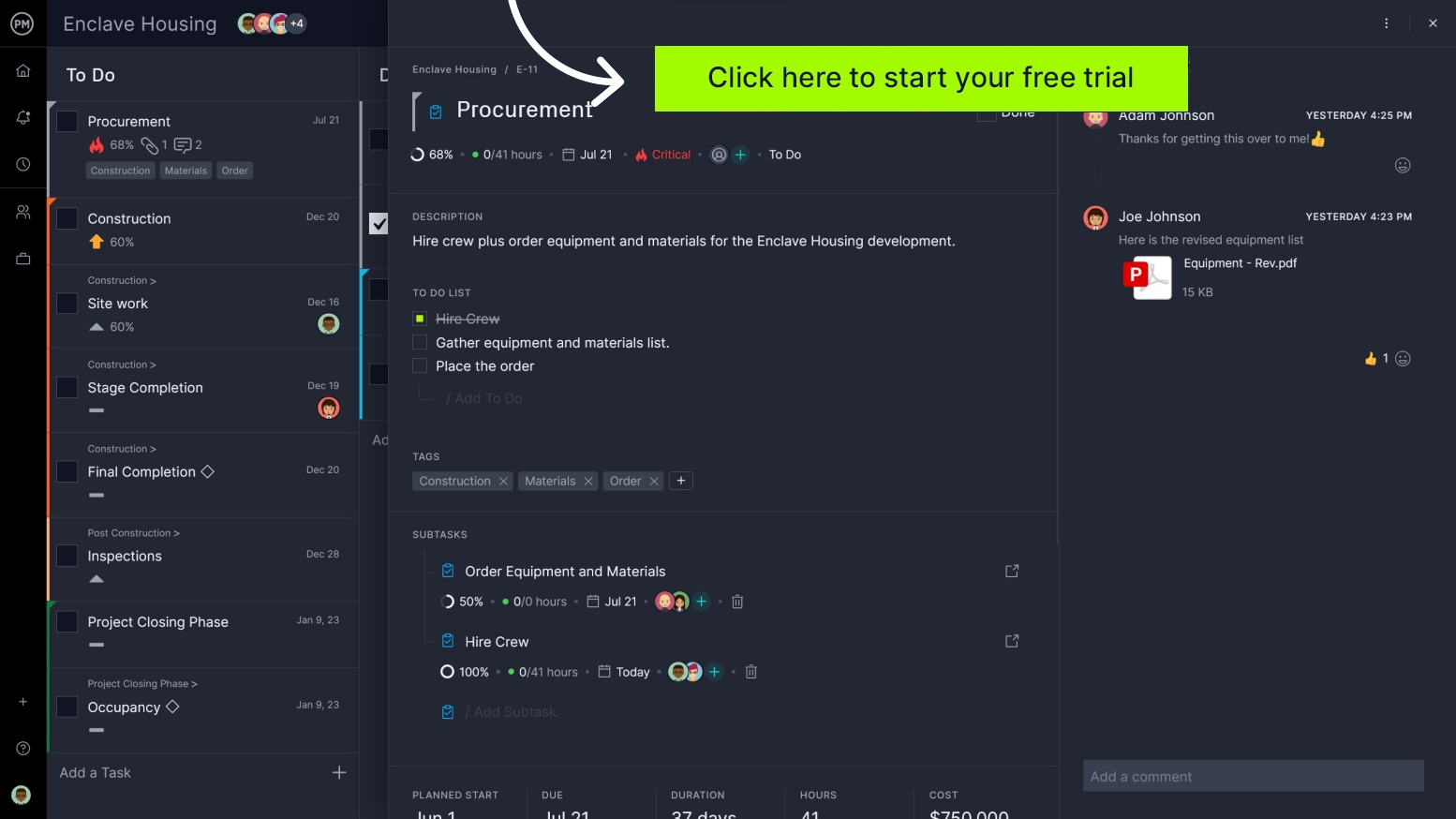How to Conduct the Design Phase in Software Development
Table Of Content

With a concrete process, you can make sure all teams and employees respect and adhere to your company’s principles while designing new products. With templates, robust integrations, and a wide range of features, you can set up a custom, repeatable design process that suits your needs. It sounds intuitive, and most companies understand the value of empathy, but according to a study by Praxent, only 44% of companies are confident in their company’s design vision.
Plan Operations and Maintenance Procedures in design phase in software development

This phase is an important first step for many clients in order to establish the project parameters. Not all clients hire an architect for this step, but if you need help determining what exactly you need in your new space, your design professional is well-suited to help. It is important to note the five stages of design thinking are not always sequential. They do not have to follow a specific order, and they can often occur in parallel or be repeated iteratively.
Stage 3: Ideate—Challenge Assumptions and Create Ideas
Kilgore ISD moves to design phase for new $3.1 million CTE building - CBS19.tv KYTX
Kilgore ISD moves to design phase for new $3.1 million CTE building.
Posted: Mon, 04 Mar 2024 08:00:00 GMT [source]
Early blueprints were simple sketches or verbal descriptions, based largely on traditional methods and materials available at the time. There was a strong emphasis on proportion, symmetry, and harmony with nature. Strategies from an architect for wildlife-friendly design related to your home, office, and daily routine. An overview of how the International and Ohio Building Code requirements affect can affect both construction costs and how spaces in high-rises are used. A quick overview of the architectural styles in use between 1920 and 1980, including Art Deco, Mid-Century Modern, Post Modern, and many styles in between. Three things to consider when investing in new flooring that will ensure you’re getting the best bang for your buck and not replacing your flooring too often.
Project Design Example
Look at their website and see if the projects they have worked on in the past are like your project, both in size and quality. The construction company will be entering in a contract with the client – not with you. The other set, the Issue for Construction set, can be finished after the Permit set is completed and submitted.
It’ll also provide you with the necessary data to design an optimal solution for the problem. Design thinking isn’t just for “things.” If you are only applying the approach to physical products, you aren’t getting the most out of it. Design thinking can be applied to any problem that needs a creative solution. When Eppinger ran into a primary school educator who told him design thinking was big in his school, Eppinger thought he meant that they were teaching students the tenets of design thinking. Repeating this loop of prototyping, testing, and gathering user feedback is crucial for making sure the design is right — that is, it works for customers, you can build it, and you can support it.
Put customer insights or feedback front-and-center in your development.
These 3D renderings are the best tools to help the client understand the complete project process, so we typically add as much detail and as many views as possible to fully portray the vision of the project. Once these renderings are approved by the client, we move to phase 4. Today, the boundaries of concept design are being pushed even further with the advent of virtual reality (VR) and augmented reality (AR). These technologies immerse clients and stakeholders in the design concept, allowing them to experience spaces before they’re built. I’m including a sixth phase, programming, which is usually not included in your architect’s fee for basic services, but is often added in as an extra.
Well-designed software is paramount in the digital landscape as it is the cornerstone of efficient, scalable and sustainable technology solutions. This is done to ensure work is being completed on time and to easily identify inconsistencies as they arise. Once you’ve outlined a plan for each risk, you’re ready to begin executing your project. Once you’ve identified the outcomes, consider your project risks and constraints. Evaluate the aspects of your project that could lead to risk in order to prevent wasted resources down the line. These are usually more detailed than the initial goal planning phase and include the specific tasks you will complete during the project.
This is when you test your ideas against everything you discovered during your research. This happens when you present to your client, speak to your boss, or examine your project by yourself. For example, a tempting option for SaaS companies here is the multitenant data architecture.
Step 5. Estimate your budget
Project design is an opportunity to align on ideas, processes, and deliverables. It’s an early phase in the project lifecycle and often comes before a project plan or charter. This is because it focuses on the project overview rather than the specific details. Visual aids such as flowcharts, Gantt charts, and timelines are often used to help paint a picture for project stakeholders in this early step. You should go through the architectural design process in the way that works best for you, but I would encourage you to keep the design phases separate.
These project documents will then be used to manage the execution phase of the project life cycle. The project design phase is the first step when planning a project. It sets the stage for the project initiation and project planning phase and important documents like the project charter and project plan. Central to the design thinking process is prototyping and testing (more on that later) which allows designers to try, to fail, and to learn what works. Testing also involves customers, and that continued involvement provides essential user feedback on potential designs and use cases.
After the construction has been completed, you will perform a final walk-through and develop a punch list. This list is any remaining items to complete the construction as specified. This is not the time to try to add on things that were not included in the scope of work. The 5 phases of a design project are Schematic Design, Design Development, Construction Documents, Bidding, and Construction Administration, according to the American Institute of Architects (AIA).

Mixed use historic buildings are good for the community and the environment. Here’s what you need to know when adapting a historic building to mixed use. This phase involves your architect monitoring the construction to verify that it is happening in accordance with the Construction Documents they prepared.
The stages should be understood as different modes which contribute to the entire design project, rather than sequential steps. By the end of the Prototype stage, the design team will have a better idea of the product’s limitations and the problems it faces. They’ll also have a clearer view of how real users would behave, think and feel when they interact with the end product.
On the left side, there’s a spreadsheet that allows project managers to enter information that’ll be used to automatically generate a project timeline on the right side. This timeline won’t only show the project tasks but also milestones, task dependencies and due dates for project deliverables. All of this leads to a project proposal to explain why the project should be executed and what its benefits are.
Comments
Post a Comment